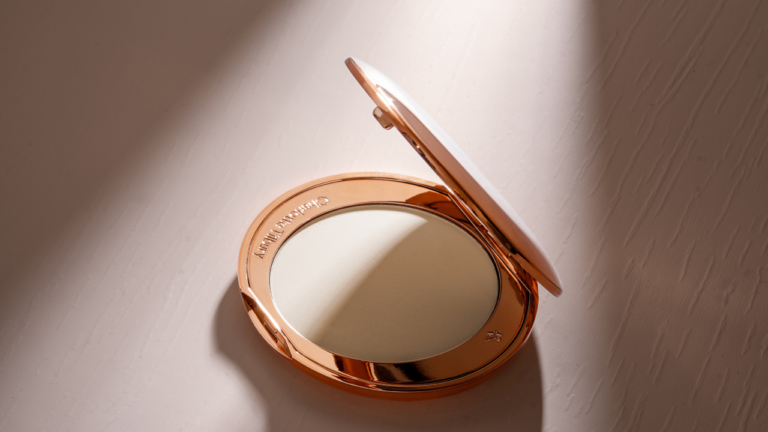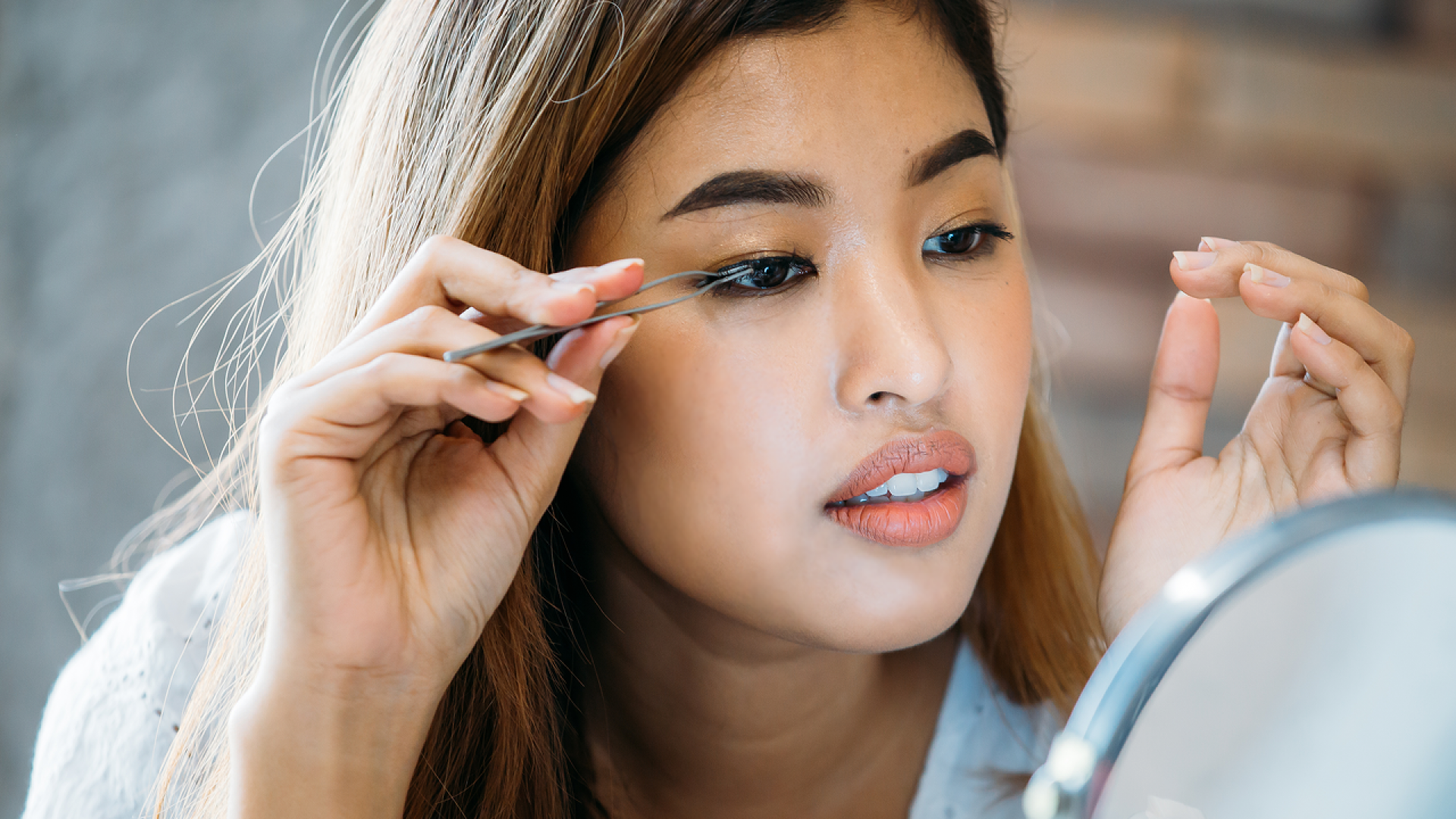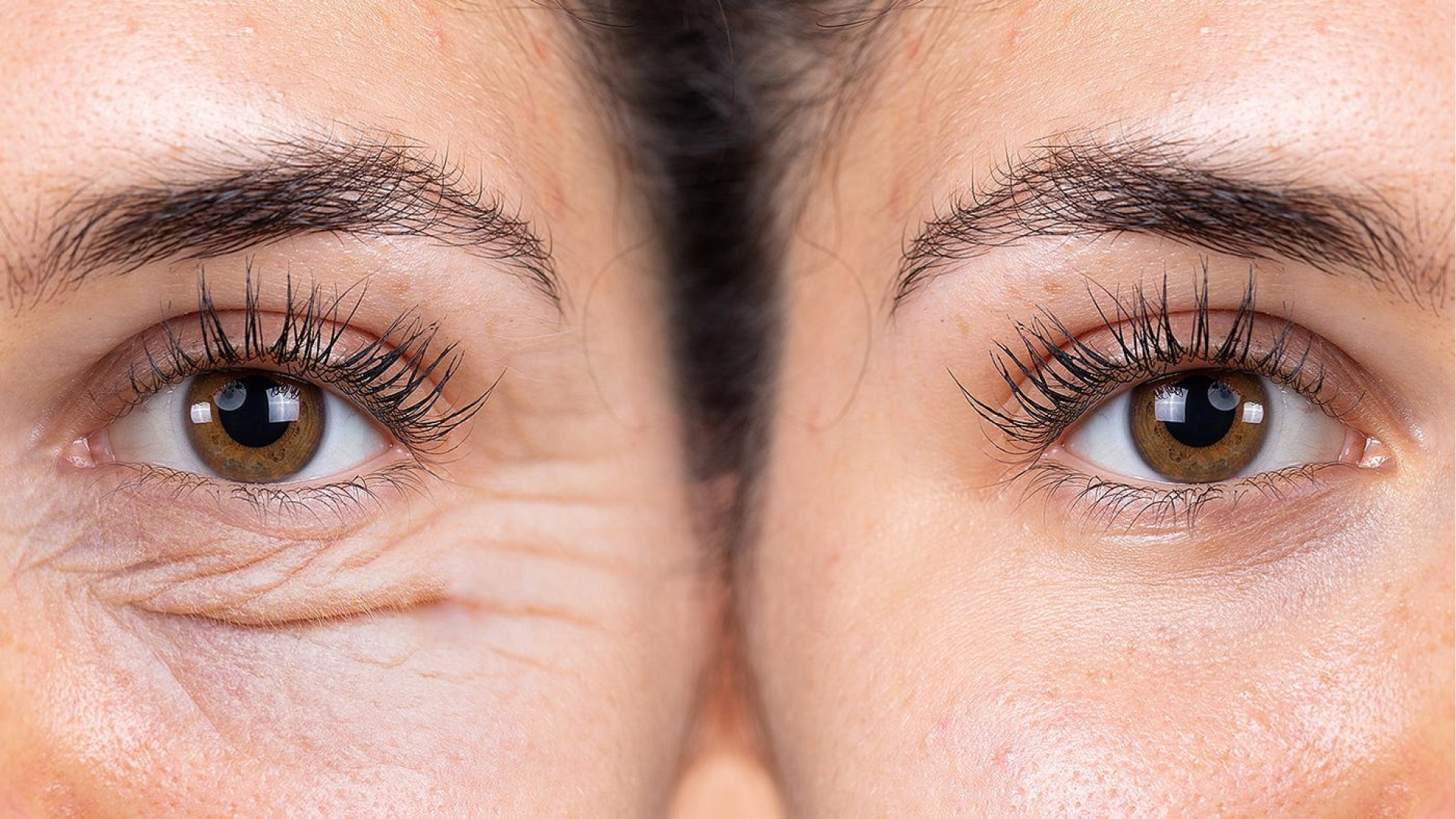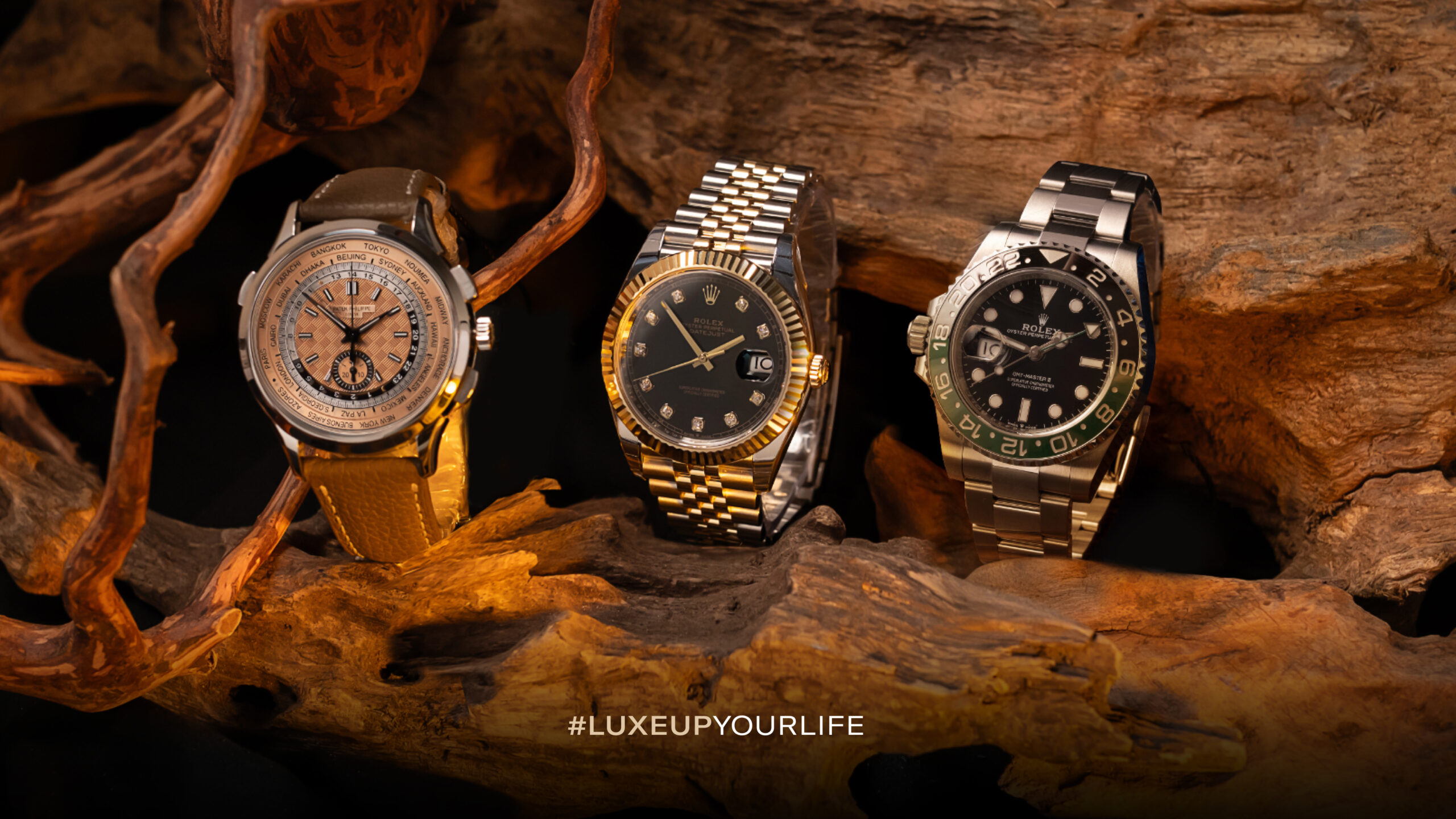Makeup that doesn’t stick properly, cracks easily, or fades within just a few hours is a more common problem than you might think. Even when using the best products, the final result often doesn’t meet expectations. That’s why it’s important to understand tips for long-lasting makeup not just from the product side, but also from skin condition and overall application technique.
Here are seven main reasons why your makeup doesn’t stick and how to fix it!
Table of Contents
Toggle1. Lack of Skin Hydration
Many people rely on moisturizer before makeup, but skip the hydration step. Skin that doesn’t get enough moisture will become rough, not smooth, and tends to make the foundation look cracked or patchy. Makeup becomes difficult to blend because the surface of the skin isn’t ready to receive cream- or liquid-based products. That’s why hydrating the skin with toner and essence before moisturizer is the first step that determines the success of long-lasting makeup.
2. Not Using the Right Primer
Primer is often considered an optional step, when in fact it’s an essential base that helps makeup adhere better to the skin. Without primer, pores are more open, skin texture is more visible, and makeup shifts easily. Choosing the wrong type of primer can also make things worse, such as making dry skin appear even flakier if using a matte primer. Meanwhile, oily skin will fade faster if not controlled from the beginning.
3. Excess Oil Production
Oily skin doesn’t necessarily make makeup last longer. High sebum production can actually push makeup out of the pores, causing complexion to fade and oxidize easily. This is why long-lasting makeup must always include oil control starting from the skincare stage, from cleanser, using oil-control primer, to choosing a matte foundation.
4. Uneven Skin Surface
Skin texture such as dead skin cells, blackheads, or active acne scars causes an uneven surface. As a result, makeup not only has trouble adhering, but also looks blotchy and unblended. Even the best foundation won’t be able to conceal untreated texture. Regular exfoliation—either chemically with AHA/BHA or gently physically—helps create a canvas that’s more ready to receive makeup.
5. Using the Wrong Products
Formulas that are too heavy, too oily, or too dry can be the reason makeup breaks down quickly. For example, using an oil-based foundation over a water-based primer can cause the makeup to lift. Likewise, powder that’s too drying will make the skin appear cracked when applied on dehydrated skin. Long-lasting makeup must include an understanding of product compatibility across the order of application.
6. Not Setting Makeup Properly
The final step is often underestimated, even though setting powder and setting spray play an important role in maintaining the longevity of makeup. Without proper setting, makeup will easily shift due to temperature, humidity, or friction. Setting powder helps control oil in areas prone to shine like the T-zone, while setting spray extends the wear time of the entire look.
7. Overly Heavy Layering Technique
Using too many products in large quantities at once can make makeup feel heavy, crack easily, and not blend into the skin. A rushed routine—for example, applying foundation right after sunscreen that hasn’t fully absorbed—can also cause the layers to not adhere properly. The ideal layering technique is to apply in thin, gradual layers and give time between products to naturally absorb into the skin.
Has your makeup routine included these seven essentials?
If not, now is the time to refine every step with the best products. Visit Luxehouze Beauty to get exclusive skincare and makeup bundles from Clé de Peau and Charlotte Tilbury, now available at up to 40% off. The best beauty care starts with the right products, and long-lasting makeup begins with skin that’s well-prepped.













